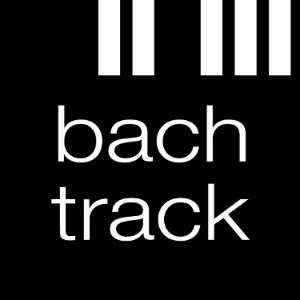Entering Kings Place you are astonished by the white walls, high ceiling and sparkling glass windows. There is a sense of calm shadowing the place, as it is very open. Leading to the theatre is a long escalator with blue fluorescent lights on each step, which sets a mood of excitement even before you enter the concert hall. The concert hall was quite small. It had wooden walls with light grey panels that made it look like stripes. The ceiling was wooden with circular lights. The atmosphere was excited and expectant. Once the lights went down on the audience and up on the glistening grand piano, the feeling of excitement was overwhelming. The Dali Trio and friends (Amandine Savary - piano, Vineta Sareika - violin, Christian-Pierre La Marca - cello, Rita Mascagna – second violin, and Ian Anderson – viola) who are the Leverhulme Junior Chamber Music Fellowship holders at the Royal Academy of Music, were inspirational. Their first piece “Trio Elegiaque no. 1 in G minor” by Rachmaninov started with the violin and cello, powerful and bouncy, and the piano sparkling through. The trio did justice to the piece by using light and dark shades to the music to express romance and feelings of love.
“Piano Trio no. 2 in one movement”, a modern and original piece composed by Mauricio Kagel, was very unusual. The violin and cello made a robotic sound almost throughout the piece which made it feel quite animated. It began slowly but punchy catching a sense of marching. The difference between slow and fast was persistent and gave a very controlled sense to the piece. The skilful hands of the pianist were shown throughout the piece. She even leaned into the instrument, plucking and shortening the strings to give the music its punchy style. There was also a sudden silence in the piece that made the audience stop and contemplate what they’d just heard. Although this piece was fast and lively, the continuous humming of the cello still made it feel calm and easy. At the end the dark blue sound of the cello and violin while the piano played single notes in a lower tone that gave the piece a definite modern feel.
The final piece, ‘Piano Quintet in E flat, Op.44’ (Robert Schumann – 1810-1856) was in four movements and a second violin and a viola joined the trio. The first movement, “Allegro brillante”, was very staccato and really livened up the audience. Most of the time the instruments played in unison but the piano sometimes dominated the movement, playing in a percussive and joyful style. The cellist maintained a very dramatic expression, swaying his head from side to side. There were also little dramatic sequences that each instrument echoed which was very atmospheric.
The second movement “In modo d’una Marcia” was slower with slight pauses in the piece which were moving, The cellist and violinist plucked the movement in some sections which made the piece sound original, while the pianist used staccato lightly and the second violin and the viola used legato to create a very emotional feel.
“Scherzo” was the third movement and was played with a very ‘Disney’ feeling, happy and bright like a memory of your favourite things. The movement had dark and light shades going from a dramatic sound to a twinkling sounds then to a light quirky sequence which was fun, unlike the fourth and finial movement, “Allegro, ma non troppo” which was the heaviest and most emotional of all the movements. The viola sounded amazing during its solo: the varying tones making it easy to listen to and giving the spirit of the piece. The pianist’s hands were so light on the keys that it was like air moving smoothly across your fingers, and the cello’s tones were very relaxing.
Maya Thomas age 15
Maya attended a concert at Kings Place on Thursday 18th June and heard Rachmaninov Trio Elégiaque no.1 in G minor, Kagel Piano Trio no. 2 in one movement and Schumann Piano Quintet in E flat, Op.44.


